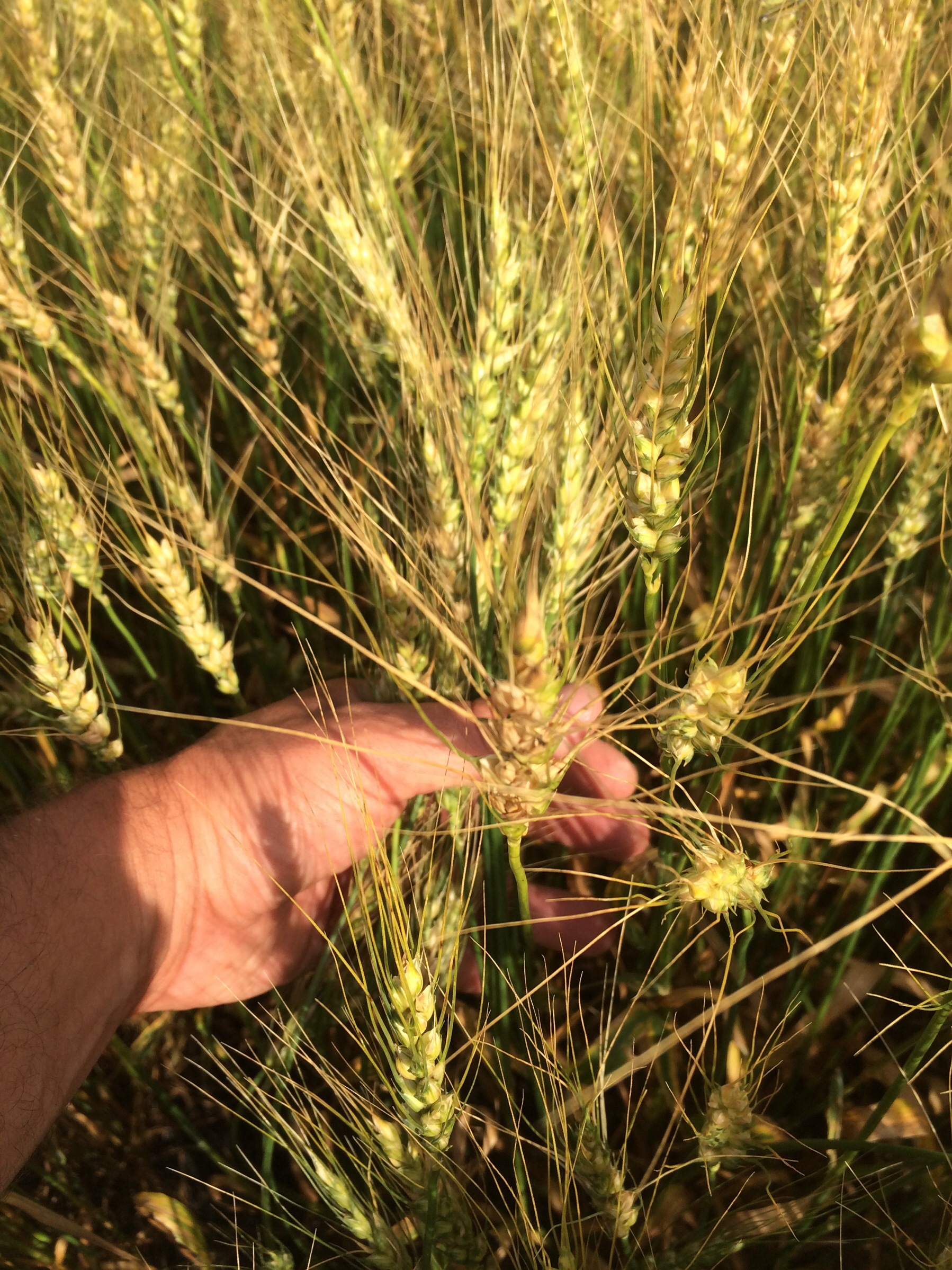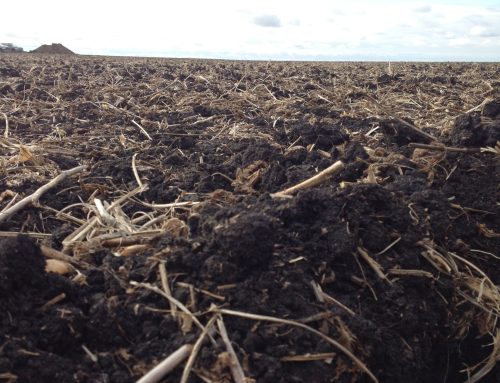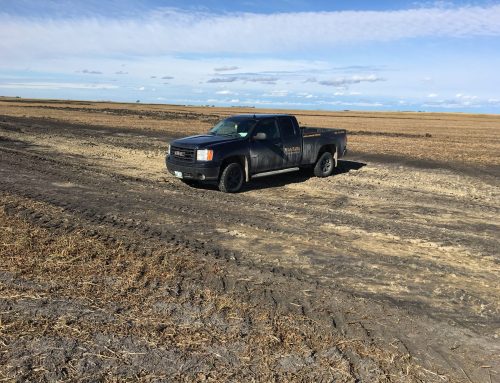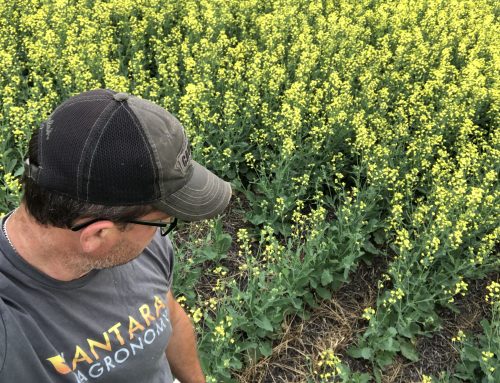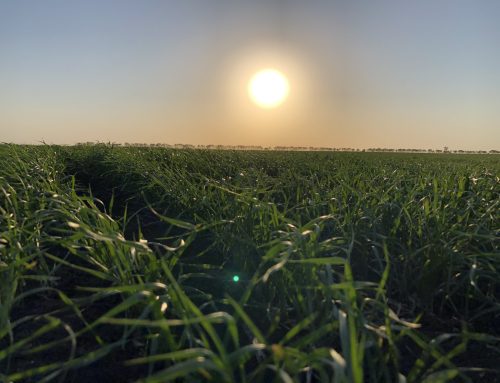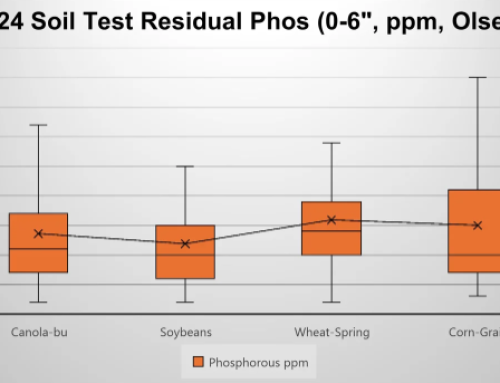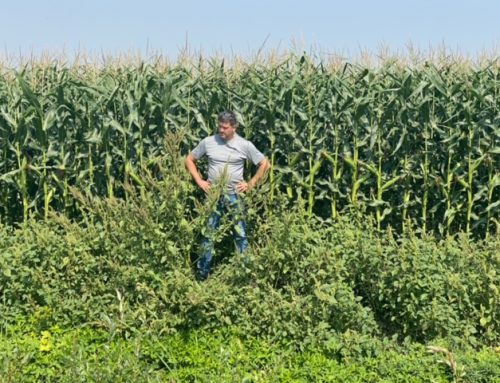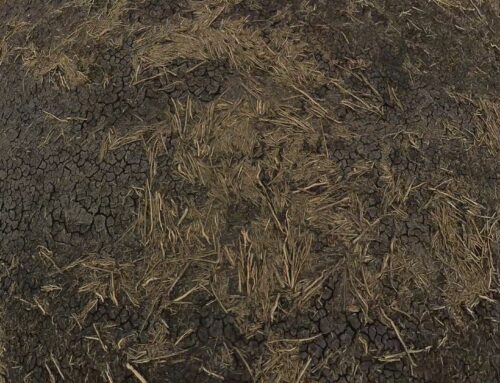Ever wonder which prairie crop uses the most water? Spoiler alert: it’s not wheat. In fact, wheat is one of the most water-efficient crops we grow in Western Canada. Compared to corn or soybeans, wheat knows how to get by on a lot less — and that matters in places like the Red River Valley, where every inch of moisture counts.
Moisture Math: Bushels per Inch
Here’s a quick rule of thumb:
- It takes about 4 inches of moisture to grow the first bushel of wheat.
- After that, each extra inch of water can add 4 to 5 bushels to your yield.
So, if you’re shooting for a typical 80-bushel crop, you’re going to need somewhere between 16 and 20 inches of available moisture throughout the growing season.
That’s total water — from both rainfall and soil reserves.
How Much Do We Actually Get?
On average, most areas across the Prairies will see around 8 to 9 inches of rainfall during the growing season. Here in the Red River Valley, we usually catch a bit more — closer to 10 or 12 inches. That still leaves us relying heavily on stored soil moisture to get the crop through.
Soil texture makes a big difference here. Our heavy clay soils can hold just under 2 inches of plant-available water per foot. That gives us 8 inches from a 4-foot rooting zone — assuming we’re fully charged going into the season.
Now, that’s field capacity — the maximum the soil can hold without gravity pulling it away. Some years, especially if the water table is higher, there’s more in the profile than normal.
In fall 2024, provincial soil surveys estimated 10 to 12 inches of available moisture in our soils — thanks to a higher-than-usual water table. That’s a good buffer, but it doesn’t mean we can stop watching the forecast.
Timing Matters
Most of our rainfall occurs in May and June, but wheat’s peak water demand is during July and August, coinciding with heading and grain fill stages. Unfortunately, this period often brings hotter, drier conditions. On days exceeding 30°C, wheat can use up to 0.25 inches of water daily. Conversely, cooler days below 20°C see usage drop to about 0.125 inches.
This is one of the reasons early seeding usually pays off. It shifts the critical growth stages into a cooler part of the year, when crops can make better use of the moisture that’s available.
What About Those Big Rain Events?
The other thing to keep in mind is that not all rain is created equal — especially in the Valley.
When we get big storms — 2 to 3 inches at a time — our clay soils can’t absorb it fast enough. A lot of that water ends up running off instead of soaking in. So even if your rain gauge says you got a good shot, the crop may not actually see the benefit.
Monitoring Moisture
Understanding available moisture is pivotal. While rainfall data provides a general picture, it doesn’t account for soil infiltration, especially in heavy clay soils prone to runoff during intense rain events.
Modern tools like soil moisture probes and weather stations offer real-time insights into soil moisture levels and environmental conditions.
These tools help us:
- Track real-time soil moisture at various depths
- Monitor how fast crops are using water
- Make smarter in-season decisions about fertility, fungicide, and more
We’re installing a number of these this year, and the insights they provide are already helping us fine-tune recommendations for our growers.
Final Takeaway
Wheat’s reputation as a water hog is more myth than reality. Knowing what’s in the tank — both from the sky and below the ground — lets us manage better, seed smarter, and get more from every acre. 